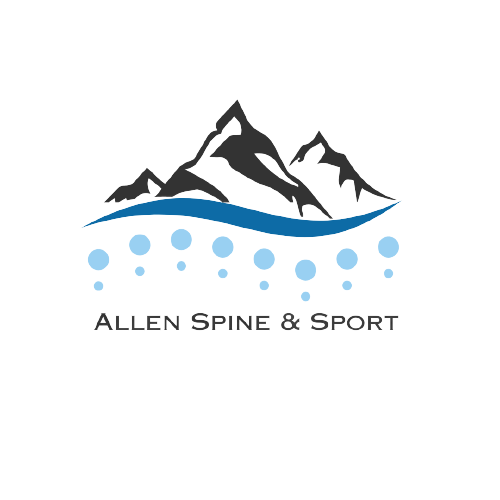Trigger Point Dry Needling
Pesky headaches? Athletic injuries? Chronic aches and pains? Dry needling therapy may be just for you! Dry needling has two main treatment uses:
1. Removal of trigger points
2. Increased blood flow response
With treatment of trigger points, we find “tight spots” or myofascial points that can contribute to pain and dysfunction. We then insert very thin microfilament needles into those trigger points to wrap up the fascial covering of the muscle. Every muscle is surrounded by a saran-wrap type structure called fascial that inter-connects surrounding muscle groups The process of dry needling re-orients the covering of the muscle and results in the muscle relaxing via removal of the trigger point. Another goal of dry needling that is just as important is the goal of increasing blood flow to the area. Bring additional healthy blood flow to an injured area restarts the inflammatory process and allows the body’s own response to speed up healing. This process continues even after the needles are out. This is actually why there can sometimes be soreness for 4-6 hours after dry needling therapy.
One other side effect that can occur with dry needling is slight light-headedness, as it is a new stimulus to the body and different people can respond in different ways. This is very rare but should be addressed. If it does occur, it’s usually immediately or within 15-30 minutes afterwards. It is not an urgent or emergent response. However, it is important to sit down, get some fresh air, drink some water and let it pass. Typically, it only lasts a few minutes. It's also important to drink lots of water after treatment even without side effects.
Some of the conditions or ailments that we use dry needling for commonly include headaches and neck pain, low back pain, hip pain, shoulder pain, upper back/shoulder tension and pain, rotator cuff and other muscle strains, ligament sprains, tennis elbow and many others.
Dr. Forrest Allen is a sports chiropractor and co-owner at Allen Spine and Sport. He has a passion for integrating spinal and extremity joint manipulation, manual therapies like dry needling, fascial manipulation, etc., and rehabilitative exercises founded in Dynamic Neuromuscular Stabilization (DNS). Visit our website and give our office a call!


